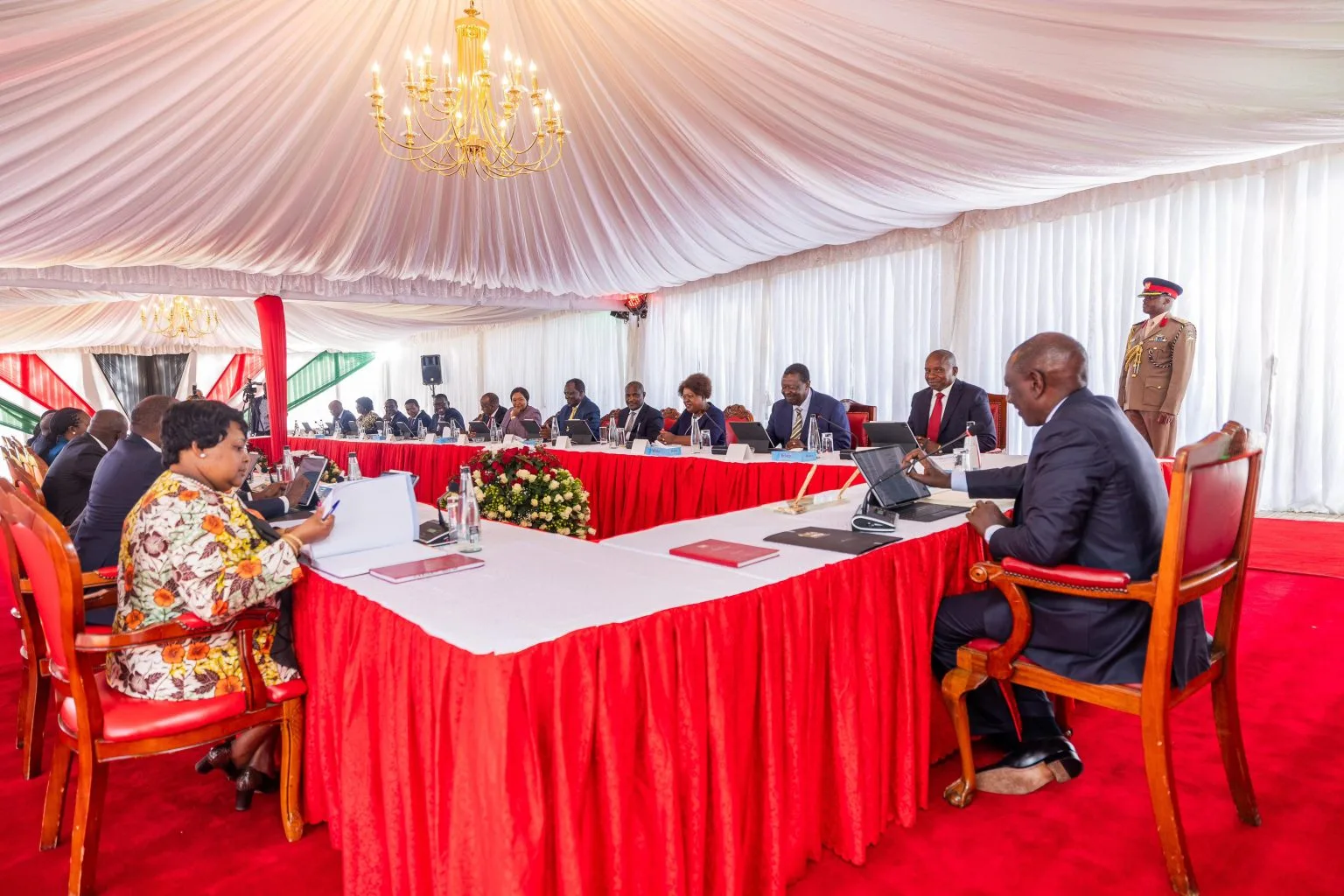Cabinet Approves Dual Training Policy for TVET Institutions.
The Cabinet has approved the implementation of the Dual Training Policy for Technical and Vocational Education and Training (TVET) institutions. This policy aims to enhance technical and vocational education across the country by integrating academic learning with practical industry experience.
The approval was made during the first Cabinet meeting of 2025, chaired by President William Ruto at the Kakamega State Lodge. In addition to endorsing the new training model, the Executive agreed to dissolve nine corporations and divest from 16 others.
A Cabinet dispatch revealed that the Dual Training model will allocate 50 to 70 percent of trainees’ time to industry-based learning, with the remainder spent in academic institutions.
This structure is designed to provide students with both theoretical knowledge and practical skills, ensuring their readiness for the labor market.
The Dual Training Policy seeks to bridge the skills gap in the labor market by combining classroom instruction with industry-based training.
According to the Cabinet, the policy emphasizes collaboration between educational institutions and industries, allowing learners to leverage modern technologies and expertise.
The dispatch highlighted that this system will equip graduates with essential skills, making them highly employable. It was noted that strong partnerships with industries would also enhance the relevance and effectiveness of training programs.
A Look at Germany’s Dual TVET Model
The Dual TVET system, inspired by Germany’s successful model, has been pivotal in fostering economic competitiveness. Germany has long maintained close partnerships between public institutions and private companies, ensuring that training aligns with market needs.
In Germany, apprentices undergo a dual training system that spans 2 to 3.5 years, during which they split their time between industry-based training and classroom instruction. Instructors impart both technical and social skills, preparing students for professional careers.
Read Also: Catholic Priests Call for Principal Transfers Over Poor School Performance
This approach has proven effective in bridging the gap between education and employment, contributing significantly to the German economy’s global competitiveness.
The Kenyan Cabinet expressed optimism about the policy’s potential to transform TVET. It will provide students with hands-on experience embedded in real work processes while enhancing their technical proficiency. The model, like Germany’s, emphasizes apprenticeships and upskilling opportunities for professionals.
In summary, the Dual Training Policy represents a significant step toward aligning education with the demands of the job market, ensuring that graduates are well-prepared to contribute meaningfully to Kenya’s economy.
Cabinet Approves Dual Training Policy for TVET Institutions.
Follow Teachers Updates on Facebook, LinkedIn, X (Twitter), WhatsApp, Telegram, and Instagram. Get in touch with our editors at [email protected].



Discussion about this post